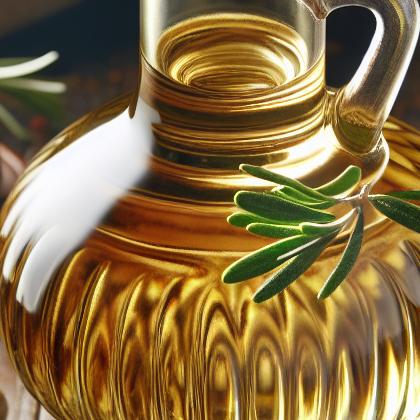Showing results for 'White balsamic vinegar'
close
White Balsamic Vinegar

Balsamic vinegar is a vinegar originating from Italy, increasingly popular throughout the world. The original, costly, traditional balsamic vinegar (Aceto Balsamico Tradizionale), is made from a reduction of cooked white Trebbiano grape juice, and used as a condiment. It has been produced in Modena and Reggio Emilia since the Middle Ages, being mentioned in a document dated 1046. Appreciated in the House of Este during the Renaissance, it is highly valued by modern chefs and gourmet food lovers.
White balsamic vinegar Pairs With:
Food Item
Flavor Affinity Level
White balsamic vinegar Properties:
| Food Property | Type | Description |
|---|---|---|
| Flavor Profile | Sour | White balsamic vinegar has a tangy and acidic taste. |
| Aroma | Volatile Compounds | White balsamic vinegar has a strong aroma due to the volatile compounds present in it. |
| Chemical Composition | Acidity/Alkalinity (pH) | White balsamic vinegar is acidic in nature with a pH level lower than 7. |
| Color | Natural Pigments | White balsamic vinegar has a clear and pale color, unlike traditional balsamic vinegar which is darker in color. |
| Nutritional Value | Macronutrients | White balsamic vinegar contains minimal macronutrients, mainly consisting of carbohydrates. |
| Micronutrients | White balsamic vinegar is not a significant source of micronutrients. | |
| Cooking Behavior | Heat Conductivity | White balsamic vinegar does not conduct heat as it is used primarily as a flavoring agent. |
| Aroma | Fermentation | White balsamic vinegar undergoes fermentation to develop its flavor profile. |
Food Pairing App - Version 1.2.0
